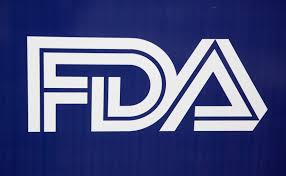
During a recent panel discussion regarding the regulation of laboratory-developed tests (LDTs), Elizabeth Mansfield, Deputy Director for Personalized Medicine at FDA, announced that FDA will be increasingly focused on what she called “complementary diagnostics.”
This category of tests will be distinct from companion diagnostics in that they will provide additional information about how a drug might be used, or whether someone should receive a class of drugs, rather than being required for the safe and effective use of a drug.
This new category was described by Mansfield as being part of FDA’s proposed framework for regulating LDTs (although a search of the proposed framework reveals no mention of the term “complementary diagnostics”).
This is a challenging distinction for me to understand. I struggle to think of a scenario where a test would be performed that provides information that isn’t relevant to the safe and effective use of a drug.
I think about the cytochrome p450s as a class of biomarkers that could fit into this category, and indeed it would be nice to categorize them at some point, because currently they sit in a no-man’s land of personalized medicine. There is not strictly speaking a companion diagnostic test for these biomarkers, at least by FDA’s use of the term, but they are included in drug labels with clear guidelines for people that carry mutations in them.
Let’s take CYP2D6 as an example. The drug labels for 40 drugs (the most of any biomarker) recommend testing for mutations that can make people slow metabolizers of those drugs, and yet there is not a specific requirement to have patients tested prior to prescribing the drugs.
If the science is unsettled on potential toxicities to slow metabolizers (and reimbursement variability for CYP2D6 testing would imply that it is), then perhaps this is the type of test that would fall under FDA’s concept of a complementary diagnostic.
I look forward to FDA’s description of this category of test to see if it reduces or adds to confusion around how biomarkers in drug labels should be used.
